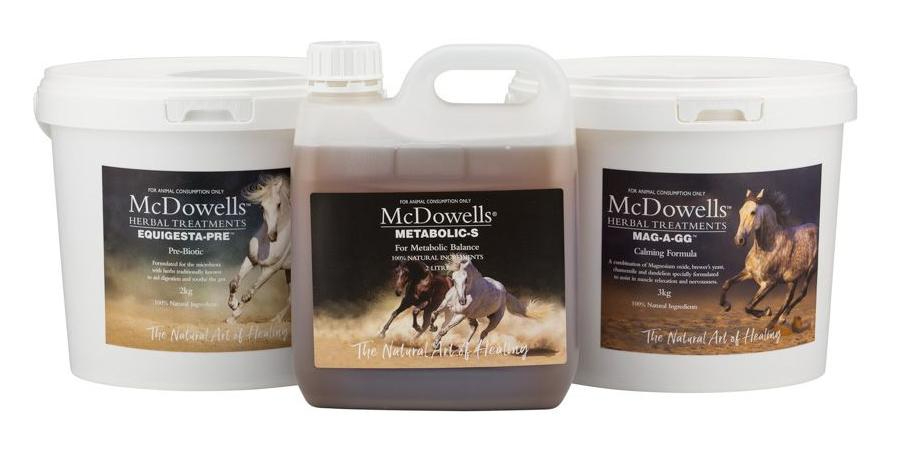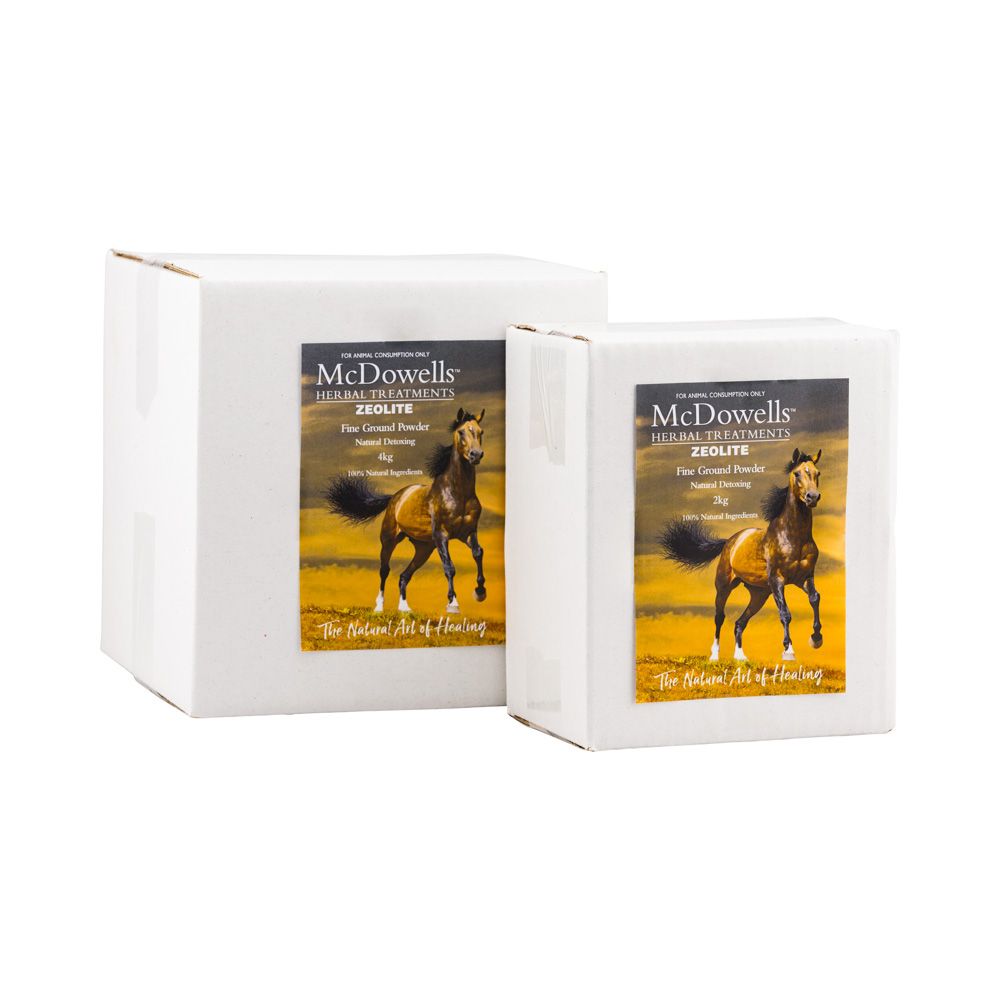Insulin resistance is the reduction in the horse’s ability to respond appropriately to the hormone insulin. Insulin is a hormone which plays a key role in the regulation of blood glucose levels. In addition to its role in controlling blood sugar levels, insulin is also involved in the storage of fat. Ponies or horses that are “good doers” are examples of this, carrying heavy thick crests and fatty deposits over the body...

Cortisol, a hormone released by the adrenal glands also plays a role in creating fat storage. Cortisol stimulates fat and carbohydrate metabolism for fast energy in the case of flight/fight reactions which via feedback stimulates insulin release and maintenance of blood sugar levels to keep “running” or “fighting”. The end result of these actions can cause the increased and insatiable appetite often found in ponies with this condition.
If the horse in question is not able to run, play and move over large areas of land as they would if in the wild their cortisol “trigger” is never switched off, meaning that cortisol is always being manufactured by the adrenals.
In cases of PPID-Cushings ( pituitary pars intermedia dysfunction) the same effect occurs except that a tumour may be causing the excess cortisol production. Diagnosis of this condition does need to be accurately done – a blood cortisol test is not necessarily an indicator of a tumour. A vet needs to assess clinically and fully with sonography to diagnose PPID accurately.
Fat is also believed to be the place where fat-soluble toxins and excess hormones are stored to keep them from recirculating in the blood stream. This may also lead to inflammation and further hormone feedback loops causing a compounding effect resulting in laminitis. .
What is thought to cause it?
Processed feeds and hay/pasture high in NON-STRUCTURAL CARBOHYDRATES and unnatural living conditions is one potential cause behind the increase in this syndrome amongst our modern equine population: much like people living in cities in high density housing and eating fast food!
Improved Pastures are a big problem for these types of horses - clover, lucerne, rye can all be problematic, even if it's hay.
New research is showing that there are also associations between endocrine disrupting chemicals and equine metabolic syndrome. Endocrine-disrupting chemicals are man-made chemicals, found in products such as pesticides, plastics and personal care products. Horses are most likely to be exposed to these through feed and the chemical treatment of paddocks. Pollution, smog, polluted water supplies, pesticides, herbicides, plastics, and even disruptive sounds can affect the delicate balance of the neuroendocrine system. https://www.sciencedaily.com/releases/2019/02/190213124456.htm
The biggest concern is Genetic Modified Organisms (GMOs). These crops have been developed specifically to allow top dressing of Glyphosate. It is now understood that Glyphosate is residual and will damage metabolic pathways of gut flora. There is a strong relationship between the microbiota health and Insulin Resistance in humans. Some new evidence (and legal cases from the US) suggest that Glyphosate causes lymphoma in people.
GMO crops in Australia are as follows (Source DPI): Lucerne, Lupins, wheat, some oaten varieties and sugar beet. No GMO soy is grown in Australia; however, GMO soy is imported and is used in literally all stock feeds. Soy has its own concerns, and I am not a fan of using it due to the potential endocrine disrupting effects the phytoestrogens in the plant may cause. Soybean agglutinins (SBA) also known as soybean lectins (SBL) are lectins found in soybeans. It is a family of similar legume lectins which can be found in lupins, mung and even lucerne. A lectin is an antinutrient that chelates minerals compounding the impacts of a GMO feed stuff. For horses the most significant one is trypsin inhibitor which interrupts many metabolic pathways in a horses GIT. Trypsin is a protein-digesting enzyme manufactured by the horse which breaks up proteins into amino acids so they can be utilised.
Whilst documentation from feed companies and nutritionists suggests its only the RAW soy that causes this problem, I have found in practice when helping horses through the IR syndrome removing soy and lucerne from the diet of these horses has an almost immediate positive effect. This backs up other reading I have come across which suggests In human foodstuffs, less than half of this lectin is deactivated even with extensive cooking (boiling for over 20 minutes). Cooking therefore is not sufficient to correct the problem caused by the anti-nutrient factor.
Heavy metals in our food chain (like arsenic, lead and mercury) are major endocrine disruptors. Using a chelating agent such as Zeolite will chelate these during digestion of potentially contaminated food and help to make sure that contamination is reduced.
We are only now becoming aware of micro-plastics and the impacts of these in our food chain and environment.
Circadian Rhythms, Living conditions and exercise
An interesting factor of these syndromes is the impact of negative stress and daylight hours. It’s important to understand that horses most susceptible to these conditions can have the following profile: stabled under lights.
This treatment of our horses is very disturbing to their hormones and as part of management and restoration of the metabolism and the hypothalamic-immune system and the neuro-endocrine axis is to ensure that your horse is not stabled or kept under lights.
In order for the hypothalamic-immune system and the neuro-endocrine axis to entrain (that is, start to work as it should in balance) the natural circadian rhythms of your horse must be respected.
Keep him with other horses, running around naturally.
Balancing the Hypothalamus, Thyroid and Adrenal axis
A key factor in managing these syndromes is to understand the neuroendocrine system and the role that it plays in homeostasis. Once you understand this, it’s simply a matter of using herbs specific to these systems and feed a whole food natural diet that is supporting the microbiome ( pre biotic) , low GI with improve living conditions.
Can herbs restore metabolic harmony and balance the endocrine system?
When reading conventional literature on Cushing’s and Metabolic syndrome, one is led to believe that there is very little one can do. At best you are treating the symptoms, and at worst you are adding to underlying causal factors.
From a herbalist’s perspective, I see these conditions as being not only managed, but also successfully corrected. We have had so much personal success with these conditions now that I am surprised by those who are so pessimistic by the diagnosis!
12 week herbal and feeding program
Removal from pasture, diet correction and herbal therapy.
Elimination herbs – used to help the metabolism of adipose tissue. These herbs (called Alteratives) also help the blood stream remove excess hormones and inflammation. Burdock, Echinacea, Garlic, and Fenugreek are what I commonly use.
Neuro-endocrine support - Combinations of herbs that support the Hypothalamus, Thyroid and Adrenal axis are used to nourish and improve function of these important glands. Even though the pituitary is the problem in Cushing’s, supporting the master gland is essential when balancing the endocrine system, in particular the hypothalamus. Chaste Tree, Black Cohosh and Hawthorn can be used, as well as Ginseng.
Supporting the metabolic partners – making sure that the liver and kidneys and pancreas is functioning well is simply common sense. Herbs that can be fed regularly: Fennel, Dandelion, St Marys Thistle, buchu and rosehips.
Supporting the gut is also critical – creating a healthy microbiota, like composting the gut with herbs that microbes love (this is what a prebiotic is) and helping the whole ecology of the microbiota is essential.
The herbal formulas I use in practice are:
Metabolic-S
Equigesta-pre
Alleviate (in the case of laminitis)



